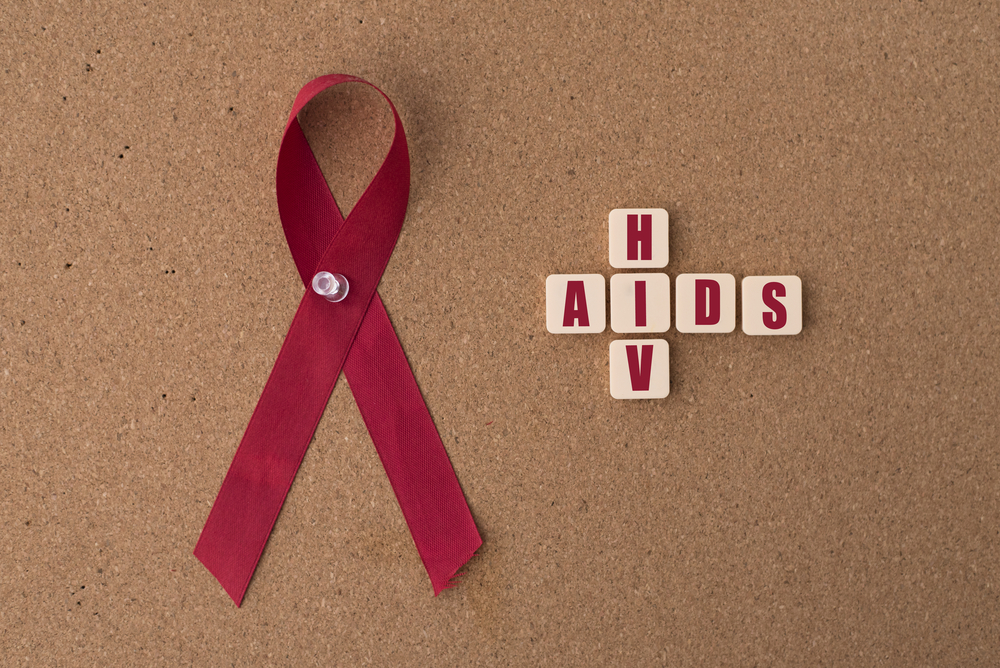Overview
HIV and AIDS are different things. HIV (Human Immunodeficiency Virus) is a virus that damages the cells in your immune system and weakens the body’s ability to fight other infections and diseases.
AIDS (Acquired Immune Deficiency Syndrome) describes several potentially life-threatening infections and illnesses that occur when HIV severely damages your immune system, so it can’t fight them off.
With an early diagnosis and effective treatments, most people with HIV will not develop any AIDS-related illnesses and will live a near-normal lifespan.
Key facts
- HIV is a virus that damages the cells in your immune system
- AIDS is the name used to describe several potentially life-threatening infections and illness
- HIV is found in the body fluids of someone with the virus
- It is a manageable disease for those in treatment.
Symptoms & Diagnosis
Symptoms
Following infection, the following symptoms can occur for lots of people, and they have no symptoms:
- Fever
- Chills
- Sore throat
- Sweats. particularly at night
- Enlarged glands
- A red rash
- Tiredness
If symptoms do happen, they usually disappear within a couple of weeks. After that, there may not be any symptoms for many years until the virus has impacted the immune system severely so that other illnesses can’t be fought.
Diagnosis
If you have regular sexual activity, especially with different partners, it is sensible to get tested regularly. Diagnosis can be made by taking a sample of bodily fluids, normally blood or saliva. These tests can be done by a doctor; sometimes, home tests can be provided where you do a similar test to the doctor and then send it off to get the results.
Early detection ensures that treatment can start, which helps lower the level of HIV in the blood to a level where transmission to other people is not possible and improves the health of the person living with HIV.
Causes & Prevention
Causes
HIV is transmitted through
- Sexual intercourse and activity.
- Sharing needles if you take drugs
- Infected mothers to their babies during pregnancy, but the risk is minuscule if the mother is on treatment.
Prevention
There are some simple steps you can take to minimise your chances of getting syphilis:
- Use a condom every time you have vaginal, oral or anal sex
- Use a dental dam (a piece of thin, soft plastic or latex) to cover the female genitals during oral sex or when female genitals touch or are rubbing together
- Don’t share sex toys with other sexual partners. If you do share your sex toys, properly clean them or cover them with a new condom between each person who uses them.
To avoid being infected if you inject drugs, do not use other people’s needles or share needles with others.
Additionally, people who don’t have HIV can take a drug (which is commonly used to treat HIV) before and after sex to reduce the risk of infection. This is called PrEP treatment.
Treatments
While there is no cure for HIV yet, very effective treatments enable people living with the virus to have a long and healthy life. Your exact medications and treatment will be discussed and agreed upon with your doctor, depending on your circumstances.
Once diagnosed, antiretroviral drugs can be given that stop the virus from replicating in the body and reduce the level of HIV in the blood (called “viral load”). By reducing your viral load to undetectable levels, that is, levels that are so low HIV tests do not register them, you can not pass on HIV to anyone, and it helps your body repair itself.
If you are worried that you have been exposed to HIV, there is medication you can take within 72 hours of the potential exposure to minimise your risk of infection. This is called post-exposure prophylaxis (PEP) medicine.
Conclusion
HIV is a misunderstood disease. It is no longer the ‘death sentence’ of previous generations. On effective treatment, people living with HIV have a near-normal life expectancy and cannot spread it to partners during sexual encounters.
MOST COMMON

